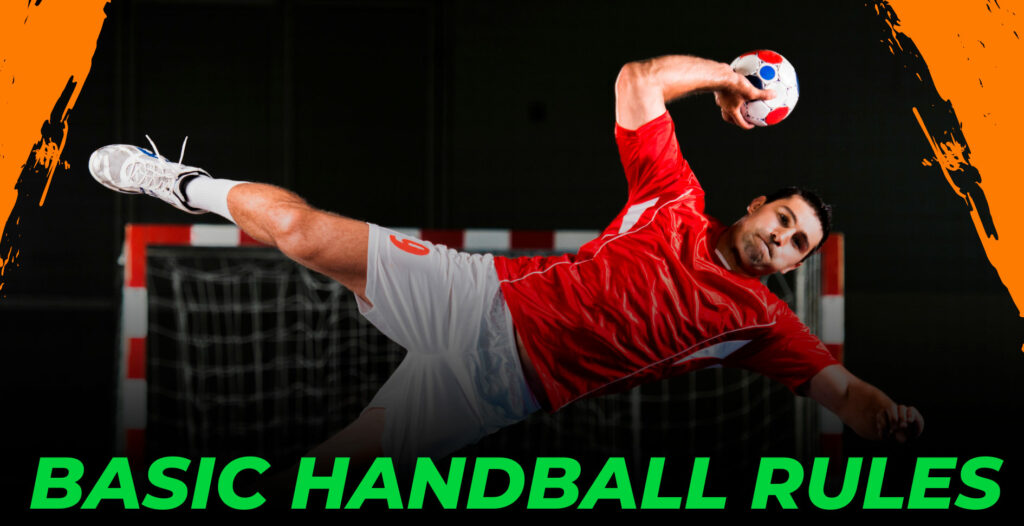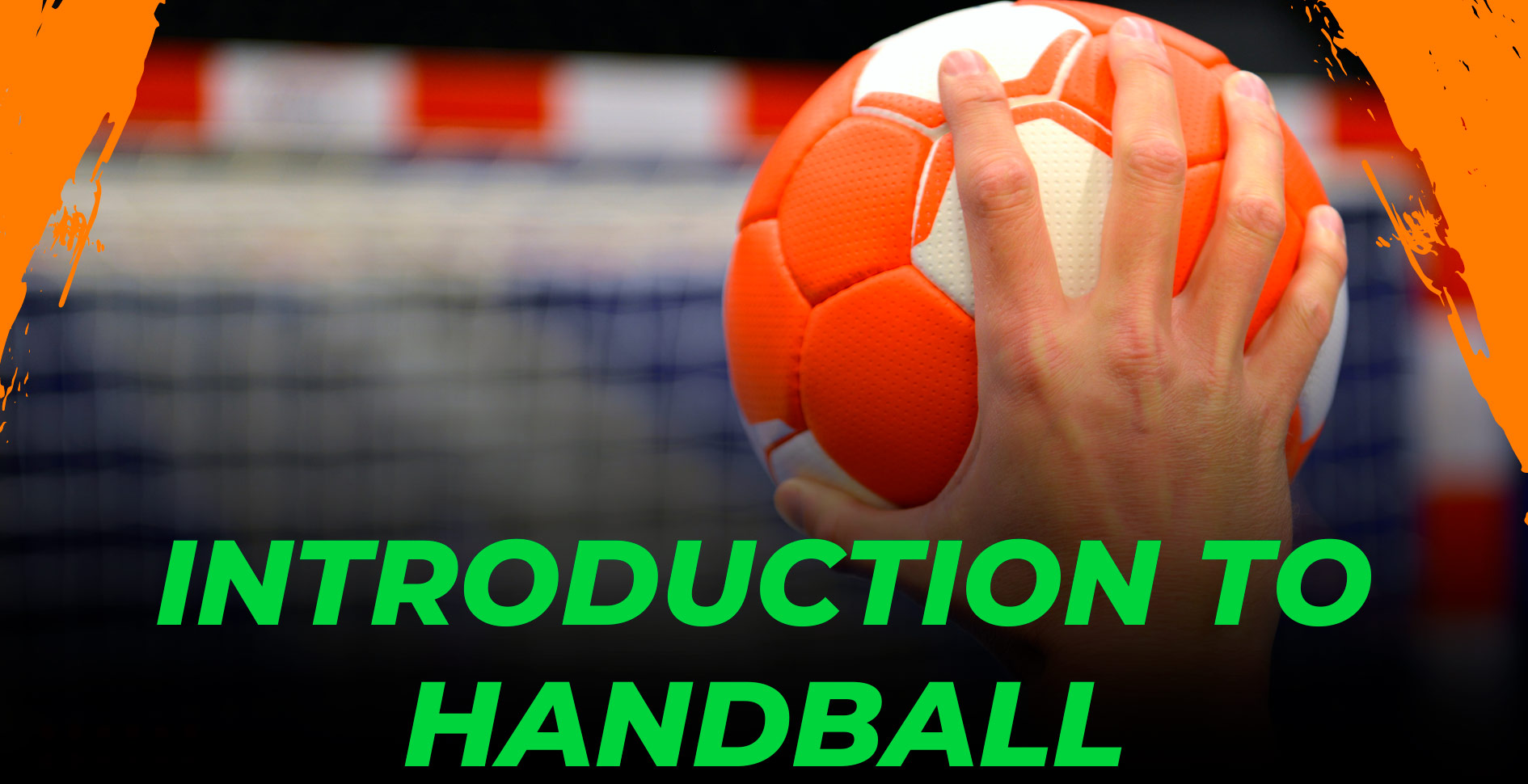Handball is a dynamic and fast-paced sport played by two teams aiming to score goals by throwing a ball into the opponent’s net. Combining elements of basketball, soccer, and water polo, handball is both physically demanding and strategically complex. This guide will cover the basic rules, highlight key records, and explain how to get involved with handball.
Some reasons handball is gaining popularity:
- Fast-paced and high-scoring.
- Combines skills from various sports.
- Minimal equipment needed.
The Objective of Handball
The objective is simple: score more goals than the opponent by the end of the game. Teams must advance the ball by passing, dribbling, and shooting, while defending their own goal. Each match consists of two 30-minute halves, and a team wins by outscoring the other.
Core objectives during a match:
- Move the ball quickly and accurately
- Outmaneuver defenders to create scoring opportunities
- Defend against the opponent’s attacks
Basic Handball Rules

Handball is governed by a set of straightforward rules that ensure fair play and maintain the game’s speed. Each team consists of seven players: six field players and one goalkeeper. Players cannot step into the 6-meter goal area (except for the goalkeeper). The game starts with a throw-off, and players can pass, shoot, or dribble to move the ball.
Key rules in handball include:
- Maximum of 3 steps with the ball without dribbling
- Ball possession allowed for up to 3 seconds
- Unlimited substitutions allowed
Violations of these rules result in turnovers or free throws for the opposing team, keeping the game flowing and engaging.
Scoring in Handball
To score, a player must throw the ball into the opponent’s goal, and the entire ball must cross the goal line. Most goals result from quick passes and fast offensive play, requiring both teamwork and precision.
Key aspects of scoring:
- Precision passing and teamwork
- Quick transitions from defense to offense
- Shots from different angles and distances
Famous records related to scoring include:
- Most goals in a single match: Stefan Kretzschmar (57 goals)
- Highest average goals per game in a tournament: Nikola Karabatic (11 goals per game in 2009)
Fouls and Penalties
Handball is a physical sport, but certain actions, such as pushing, holding, or hitting an opponent, are considered fouls. When a foul occurs, the opposing team may be awarded a free throw or a 7-meter throw, which is similar to a penalty shot in soccer.
Types of fouls include:
- Offensive fouls (charging into a defender)
- Defensive fouls (illegal blocking or tackling)
- Technical fouls (violating time or space rules)
If fouls are particularly severe, players can receive warnings, 2-minute suspensions, or even a red card, which results in ejection from the game.
Substitutions in Handball
Handball allows unlimited substitutions, which can take place at any time as long as the substitution occurs in the designated area. This rule allows teams to keep players fresh throughout the game, especially in high-intensity moments.
Key substitution strategies:
- Rotate key players to prevent fatigue.
- Sub in specialized defenders or attackers.
- Adjust tactics based on the game situation.
Efficient substitutions can make the difference between winning and losing, especially in tightly contested matches.
Handball Court and Equipment
The standard handball court is 40 meters long and 20 meters wide, and each team defends a goal that is 3 meters wide and 2 meters tall. The handball used in men’s competitions has a circumference of 58-60 cm, while women’s handballs are slightly smaller.
Essential equipment for handball includes:
- Handball (size varies by gender and age)
- Indoor shoes with good grip
- Lightweight, breathable clothing
- Protective gear for goalkeepers
Records and Achievements in Handball
Handball has seen numerous incredible achievements, both by individual players and teams. These records highlight the level of athleticism and skill involved in the sport.
Famous records in handball:
- Most World Championship titles: France (6 titles, men’s)
- Most European Championship titles: Norway (8 titles, women’s)
- Fastest shot: Mikkel Hansen (139 km/h)
Handball has also seen some memorable Olympic moments, including the largest margin of victory in the 1980 Olympics, where the Soviet Union defeated Cuba 47-6.
Last words on Handball
Handball is a thrilling and physically demanding sport that offers excitement for both players and fans. The game’s fast pace, high-scoring nature, and strategic depth make it an attractive sport to watch and play.
To summarize the key takeaways:
- Handball is a blend of speed, strategy, and skill
- Key rules include limited steps, quick passing, and fast substitutions
- Numerous world records showcase the top players’ skill levels
Whether you’re watching an Olympic match or playing a casual game, handball is sure to keep you on your toes!

